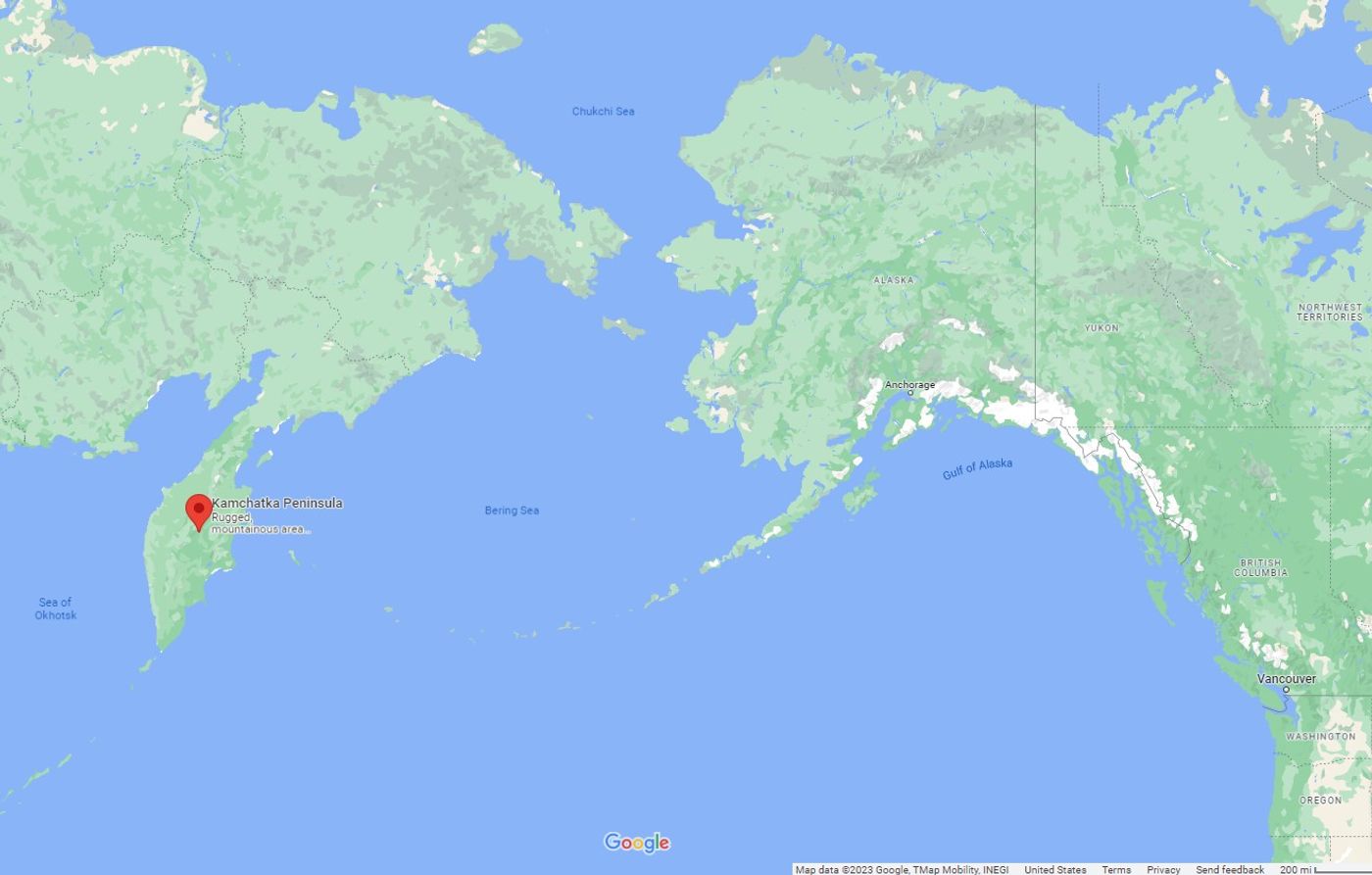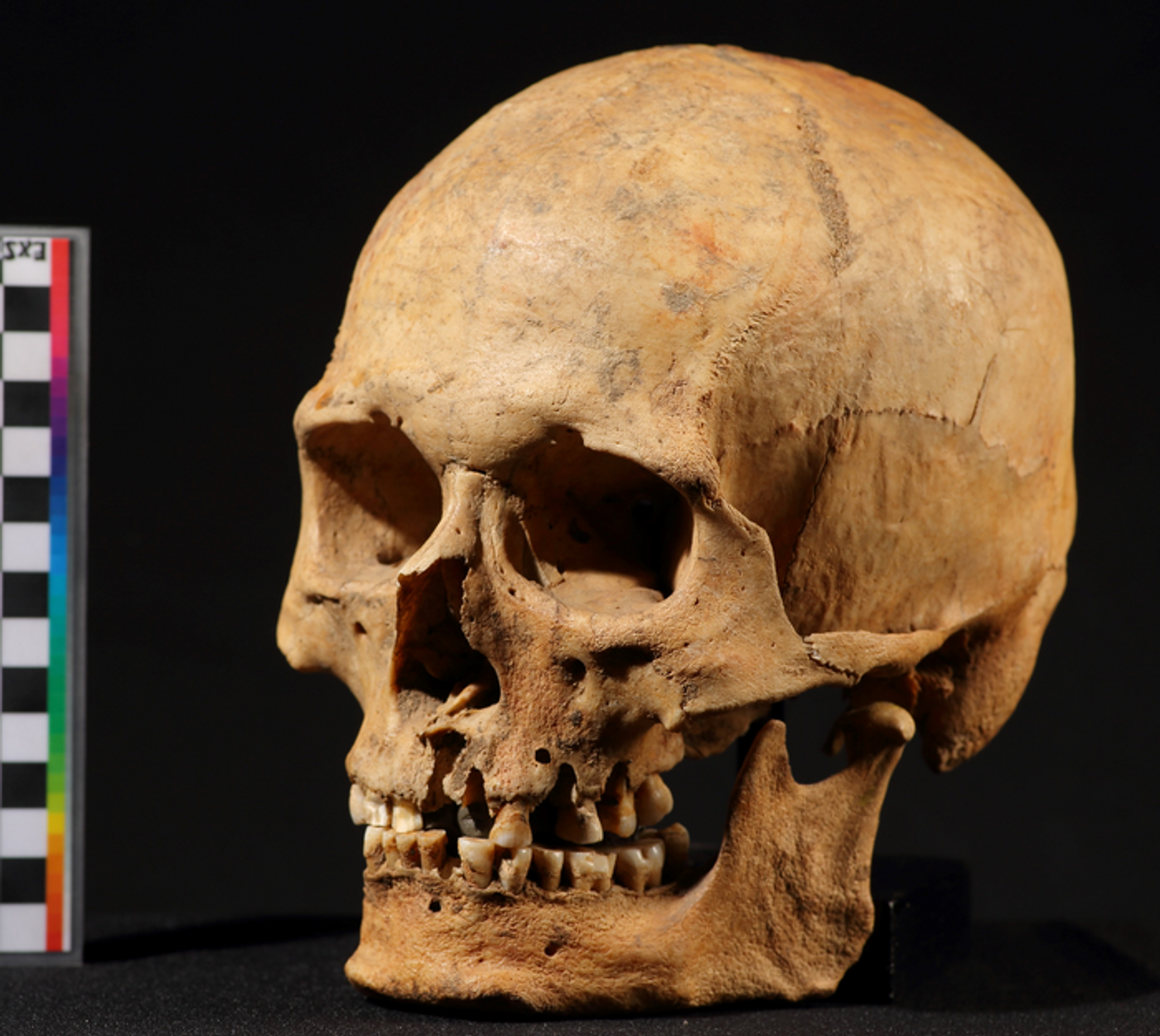Ancient Siberian genome suggests the Bering Strait journey was not one-way
Please note, this article features an image of human remains.
Recently, researchers suggested that ancient Americans migrated from Siberia to the Americas via the Bering Land Bridge about 35,000 years ago—meaning migration likely happened almost as soon as the land bridge became accessible. As such, we now know when these migrations may have happened but there is still relatively little information about the migrations in this area.
New research, led by Ke Wang from the Department of Archaeogenetics at the Max Planck Institute for Evolutionary Anthropology in Leipzig, Germany, gives insight into the genomes of who used the land bridge for migration—and in what direction they were traveling.
Around 500 years ago, three people died on a riverbank in the Kamchatka Peninsula in northeast Siberia, and analysis of their DNA revealed that they had North American ancestry. This was a surprising discovery, as previous knowledge argued that individuals likely traveled from Siberia to North America—and stayed there. But, analysis of these genomes overturns that idea, suggesting instead that the passage across the land bridge was not a one-way journey.
Given the lower sea levels at the time (due to the Last Glacial Period), individuals were able to migrate easily from Siberia into Alaska and then spread throughout the Americas. The glaciers melted and the land bridge became the Bering Sea, thereby creating the two continents we know today. Previous research suggests that people boated between the two, effectively allowing for gene flow though the degree to which individuals who have sailed between the two continents was unknown.
An excavation along the banks of the Kamchatka River in Russia resulted in the discovery of the remains of three people, and later DNA analysis revealed that they were closely related to contemporary Kamchatkan populations. Surprisingly, however, there were genetic links to North Americans, too. This means, that people would have, minimally, crossed from Alaska back to Siberia 5,000 years ago, and the again 1,500 years ago.
The new research discusses a group of early Holocene Siberian people who lived in the Neolithic Altai-Sayan region (today, this is where Russia, China, Mongolia, and Kazakhstan meet in the Altai Mountains); these individuals are known historically as Altai hunter-gatherers. Analysis of their DNA suggests that they descended from both paleo-Siberian and Ancient North Eurasian people. While the findings reveal interesting components related to gene flow in this area—such as how these people may have contributed to other Bronze Age groups and a connection to the Japanese Archipelago—one of the most intriguing finds is support for multiple phases of gene flow from North America to northeastern Asia over the past 5,000 years.
Other individuals in this region have been excavated and analyzed—both from DNA and associated grave goods—and have a very different genetic and cultural profile than is seen with the Kamchatka discovery. So, when the new research is taken in concert with previous knowledge, these findings highlight an interconnected population throughout North Asia beginning in the early Holocene.
While results don’t give specific details at the moment (and may not ever), it does mean that there were either multiple, repeated events or gradual and continuous events. In other words, this gene flow was a prolonged event. In an interview with Science, integrative biologist Vagheesh Narasimhan says “the idea of backflow that’s happening not just once or twice, but occurring over a very long time scale—several thousands of years is very interesting.”
More evidence to support the idea is needed (though, the authors say, will not be procured any time soon due to the conflict in Russia due to their invasion of Ukraine), but experts think the most likely scenario is one of repeated backflow. At the very least, these findings show that interconnectedness by way of human migration and admixture was the norm, not the exception.
Sources: Labroots, Current Biology, Science, Nature, EurekaAlert, GenomeWeb










